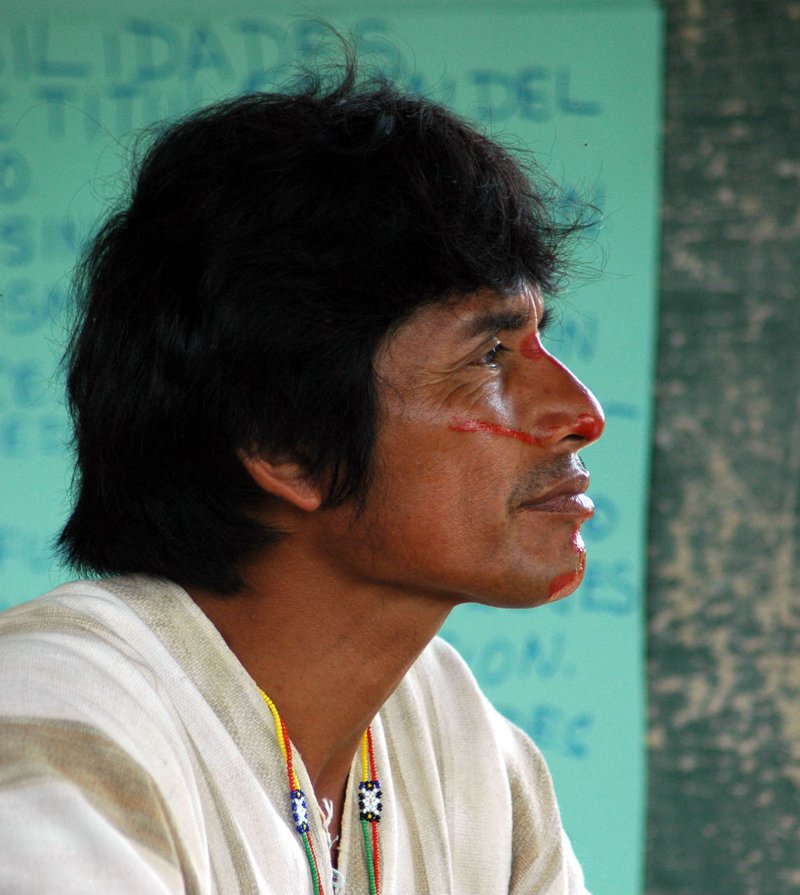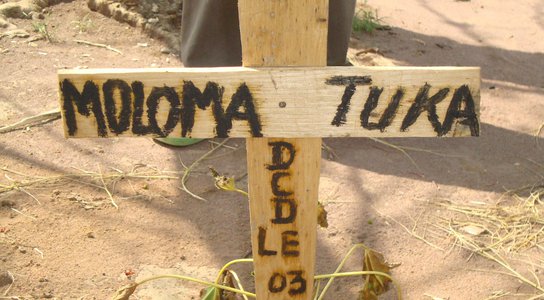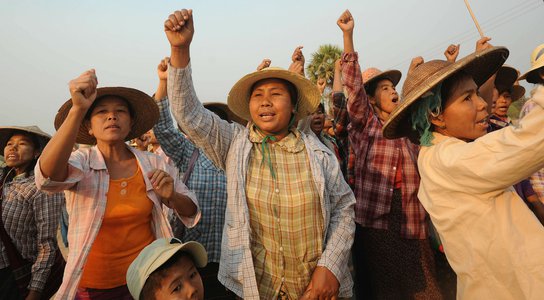A quadruple murder in the Amazon’s Ucayali region in September 2014 made international news. Just months before Peru hosted talks on forest protection at the UN climate conference in Lima, the bodies of Ashéninka tribal leader Edwin Chota and his colleagues Jorge Ríos Pérez, Leoncio Quinticima and Francisco Pinedo were discovered deep within the Peruvian rainforest.
They were killed by illegal loggers they had been trying to expel from their ancestral lands.
Peru’s Deadly Environment shows that these deaths are part of a growing trend. Peru is the fourth most dangerous country to be a land or environmental defender. At least 57 were killed between 2002 and 2014, more than 60% of them in the last four years. The majority of these deaths occurred amid disputes over land, mining and logging.

"Welcome to the land without law. The only law here is the law of the gun." Edwin Chota, talking to a journalist in 2011 about the forest he lived in.
The illegal timber trade is worth 1.5 times the value of legal timber exports in Peru, and allegations contained in Peru’s Deadly Environment hint at collusion between loggers and government officials. Edwin Chota had received numerous death threats for his resistance to the criminal gangs who were gutting his community’s forests, but his appeals to the authorities were ignored.
'Our
Fight’ follows the aftermath of the murders of the four indigenous leaders and
activists. Through their widows and friends we learn about the community’s
ongoing fight for land titling.
Across Latin America, strengthening indigenous rights to land has proven links to healthier forests and lower carbon emissions. 72% of Peru’s indigenous communities still have no way of demonstrating their land tenure rights, and over 20 million hectares of land claims have not yet been processed.
This calls into question Peru’s international commitments to protect its rainforests and the people who depend on them.
Last month Diana Ríos, the daughter of slain Jorge Ríos Pérez, was handed the Alexander Soros Award for Environmental Activism – on behalf of her late father, his colleagues and their community.
Governments can no longer discuss the fate of our planet while ignoring the murder and intimidation of ordinary people on the frontline of the battle to defend it. People like Chota embody the courage and tenacity needed to resolve our climate crisis, but we are losing them in the silent battles waged far from the boardrooms and conference halls where decisions are made.
How can you maintain standing forest, and mitigate climate change, if the defenders of the forest are being assassinated? Peru’s government should recognize there are people in the forests, and give them rights to them. - David Salisbury, University of Richmond professor and expert on indigenous rights in the Peruvian Amazon.
Peru’s government urgently need to recognise the acute vulnerability of land and environmental defenders, increase efforts to protect them, and prosecute those who intimidate and kill them.

